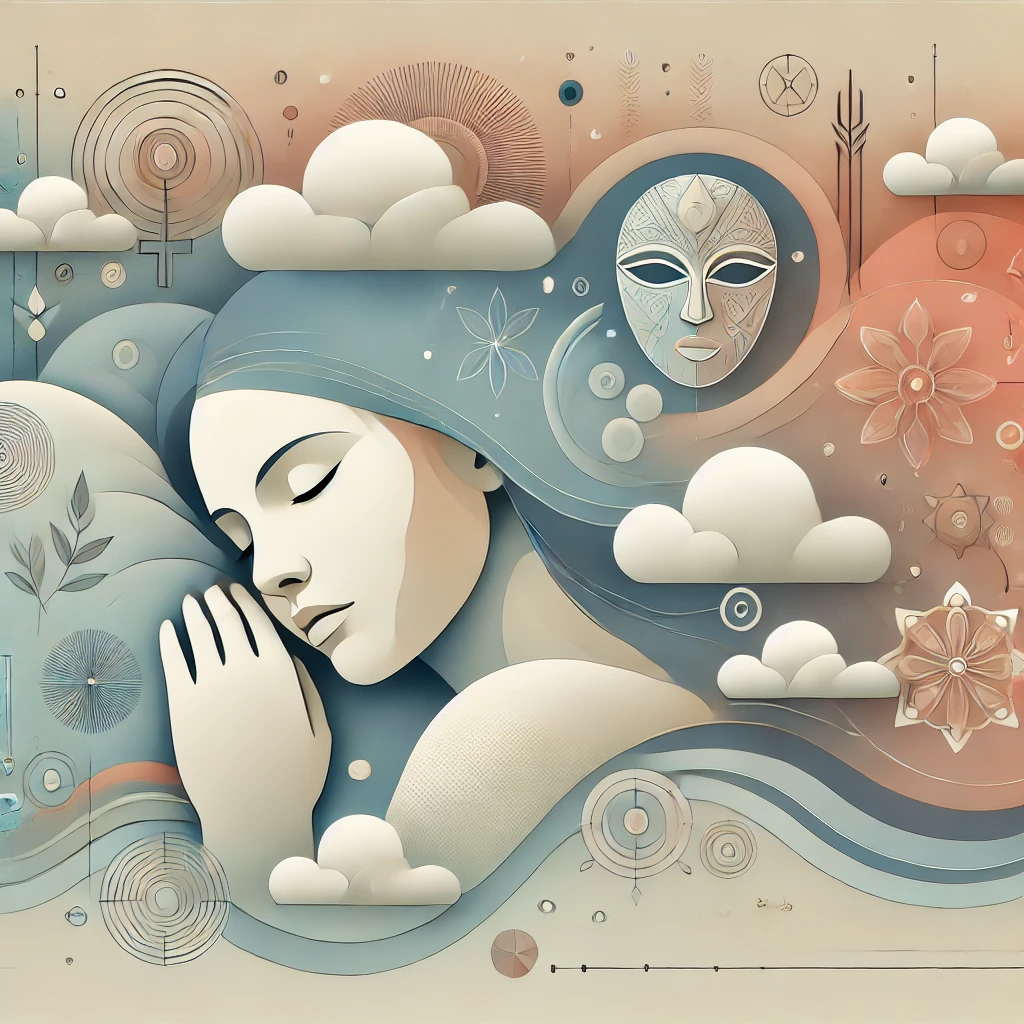Anthropology has contributed considerably to the cross-cultural understanding of dreams. The earliest anthropological research on dreams, which dates back to the end of the nineteenth century, considered the dream beliefs and practices of other cultures as evidence of their savagery, in contrast to modern Western civilization’s relative disinterest in dreams. The only area of investigation where dreams played a significant role was psychoanalysis, and psychoanalysis had a tendency to portray dreams as primitive and childish, thus reinforcing the dominant negative image of dreams. With the spread of psychoanalytic theories, various anthropologists tried to prove the accuracy of Sigmund Freud’s ideas about dreams by analyzing of dream experiences of non-Western people.
Some anthropologists, such as Kilton Stew- art, provided romantic idealizations of dream practices in non-Western cultures. According to Stewart, the Senoi of Malaysia reportedly lived a trouble-free life based on their reverence for dreams. Stewart, who lived with the Senoi in 1935, wrote that “the absence of violent crime, armed conflict, and mental and physical diseases ... can only be explained on the basis of institutions which produce a high state of psychological integration and emotional maturity, along with social skills and attitudes that promote creative rather than destructive interpersonal relations” (Stewart, p. 160—see Sources). According to Stewart’s study, the collective life of the Senoi centered around a complex dream psychology that served to integrate the community. However, his theory was soon seriously challenged, and anthropological research on dreams lost credibility.
Anthropologists have long been interested in cross-cultural experiences of dreaming and interpretations of dreams, concentrating especially on the latter interest, rather than focusing on the dream as an experience. With the publication of Dreaming: Anthropological and Psychological Interpretations (1987), edited by Barbara Ted- lock, anthropology emerged as a major field of dream research with important insights to con- tribute to the modern study of dreams.
According to the authors of Dreaming, which is a collection of essays based on fieldwork con- ducted among various peoples of Central and South America, the culture to which the individual belongs largely determines the social context in which the dream is narrated and how it is interpreted. Dreaming experience also reflects important beliefs about reality, death, the soul, and the boundaries between self and others. Thus, to achieve a good understanding of dream experiences of other groups, it is fundamental to fully understand their culture through the study of their language, their social institutions, and their psychological, philosophical, and religious beliefs.
Tedlock’s anthropological research indicates that many other cultures draw lines between more and less meaningful dreams. Also, as one might anticipate, in many non-Western cultures dream- ing has religious meaning, in that dreams reflect a culture’s spiritual beliefs, and may even create new religious imagery that can influence the individual’s as well as the whole society’s religious orientation.
[1]
